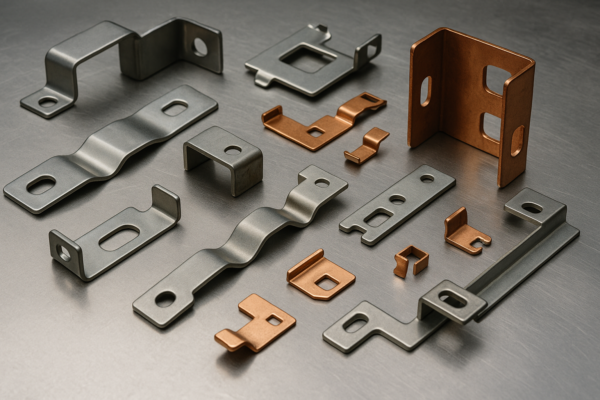What are the most common types of wire rope clips?
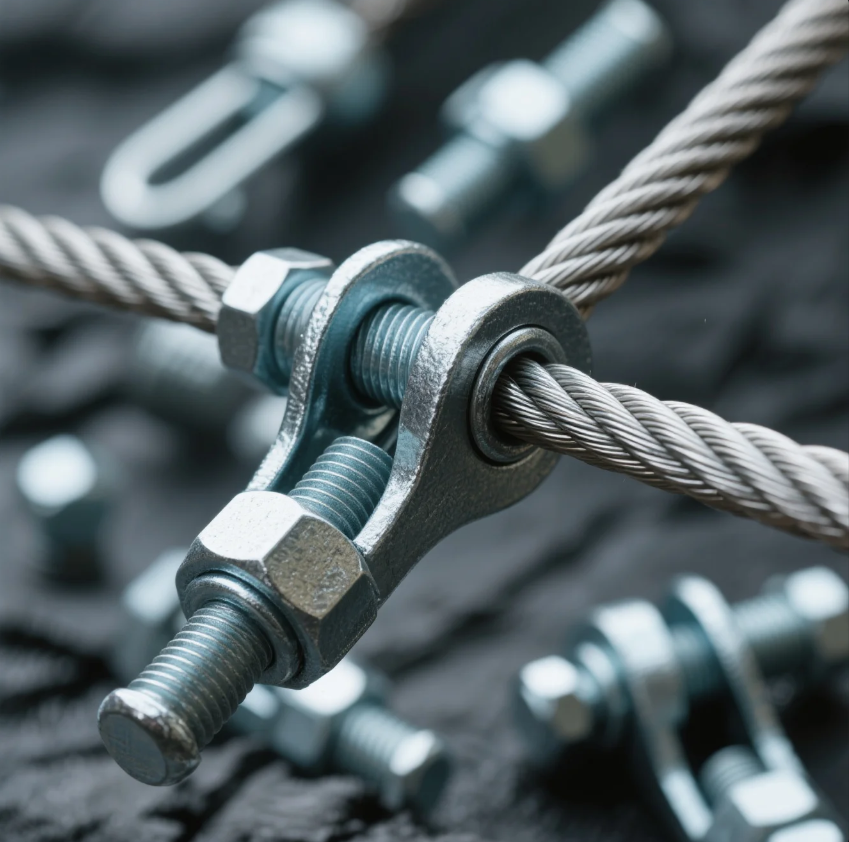
Wire rope clips are vital components used for securing wire ropes, ensuring that they stay in place and function properly. Understanding the different types of wire rope clips and their applications can help ensure safety and durability in various projects.
Wire rope clips come in different shapes and sizes, each designed for specific uses. In this article, we explore the most common types and their applications.
Read on to discover the most popular wire rope clips, their differences, and how to choose the right one for your needs.
What are the two most common types of wire rope clips?
The two most common types of wire rope clips are U-bolt wire rope clips and dead-end wire rope clips. These clips are designed to secure the ends of wire ropes, preventing them from unraveling or slipping.
Snippet paragraph: U-bolt and dead-end wire rope clips are the most common types used to secure wire ropes in various applications, from lifting to rigging.

Dive-Deeper on Wire Rope Clip Types
-
U-Bolt Wire Rope Clips: These are the most commonly used type of wire rope clips. They consist of a U-shaped bolt that fits around the wire rope and is tightened using nuts to clamp the rope securely. U-bolt clips are versatile, easy to install, and provide a strong connection for a variety of applications, including lifting and rigging.
-
Dead-End Wire Rope Clips: Dead-end clips are used specifically to secure the "dead end" (the end without a load) of a wire rope. They are designed to prevent the rope from fraying or unraveling, ensuring that the rope remains intact and reliable. Dead-end clips are ideal for applications where the rope’s tension is not critical, such as in fencing or non-load-bearing situations.
While both types are essential in securing wire ropes, U-bolt clips are more commonly used in heavy-duty applications due to their versatility and strength.
What are the different types of cable clips?
Cable clips, often used for securing cables and wires, come in several different designs, including clamp-style clips, adhesive clips, spring clips, and screw-mounted clips. Each type is designed to accommodate various installation methods and load requirements.
Snippet paragraph: Cable clips include clamp-style, adhesive, spring, and screw-mounted clips, each suited to different installation needs and materials.
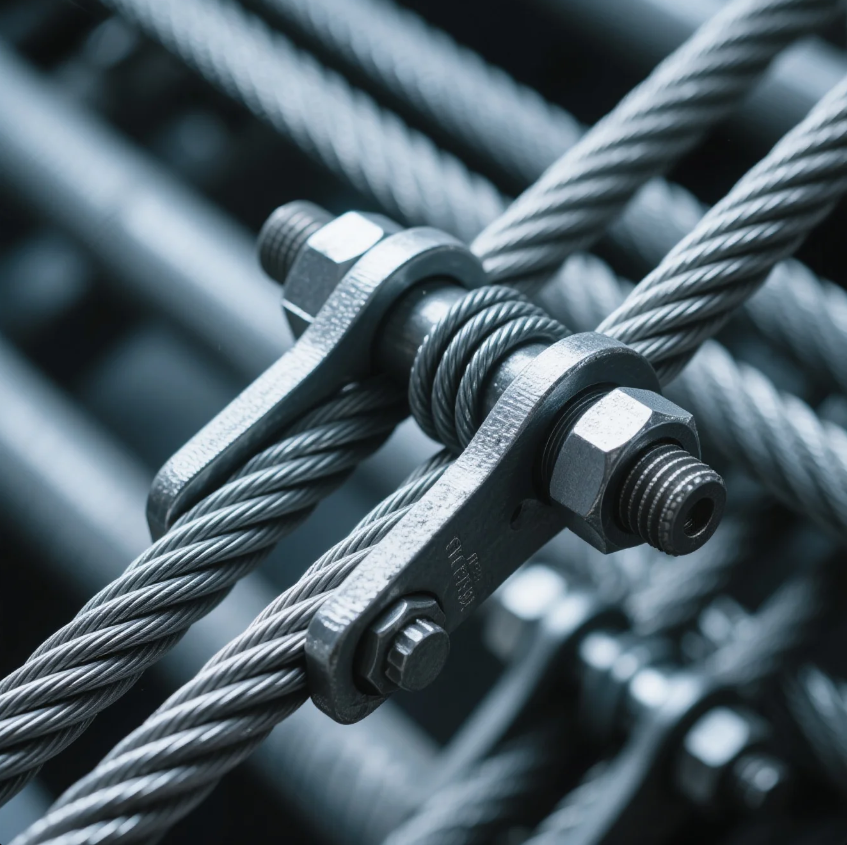
Dive-Deeper on Cable Clip Types
-
Clamp-Style Clips: These clips are designed to secure cables by clamping around them, ensuring that they are held tightly in place. Clamp-style clips are ideal for use in environments where the cable needs to stay in one position without being moved.
-
Adhesive Clips: Adhesive cable clips use a sticky backing to attach to surfaces like walls or equipment. These are perfect for situations where drilling or screws are not feasible, offering a clean and simple installation method.
-
Spring Clips: Spring clips are designed with a tension spring that allows cables to be quickly inserted and removed. These clips are useful in environments where cables need to be adjusted frequently, such as in temporary setups or testing.
-
Screw-Mounted Clips: These clips are fixed in place using screws, providing a more permanent solution for securing cables. They are ideal for industrial applications where cables need to be securely attached to surfaces like machinery or walls.
Cable clips are essential in various settings, from organizing cables in homes or offices to ensuring cables remain securely in place in industrial or outdoor environments.
What is the most commonly used type of wire rope?
The most commonly used type of wire rope is galvanized steel wire rope. It is widely preferred due to its strength, durability, and resistance to corrosion. Galvanized wire rope is commonly used in lifting, rigging, and construction applications.
Snippet paragraph: Galvanized steel wire rope is the most commonly used type due to its strength, durability, and resistance to corrosion, making it ideal for lifting and rigging.
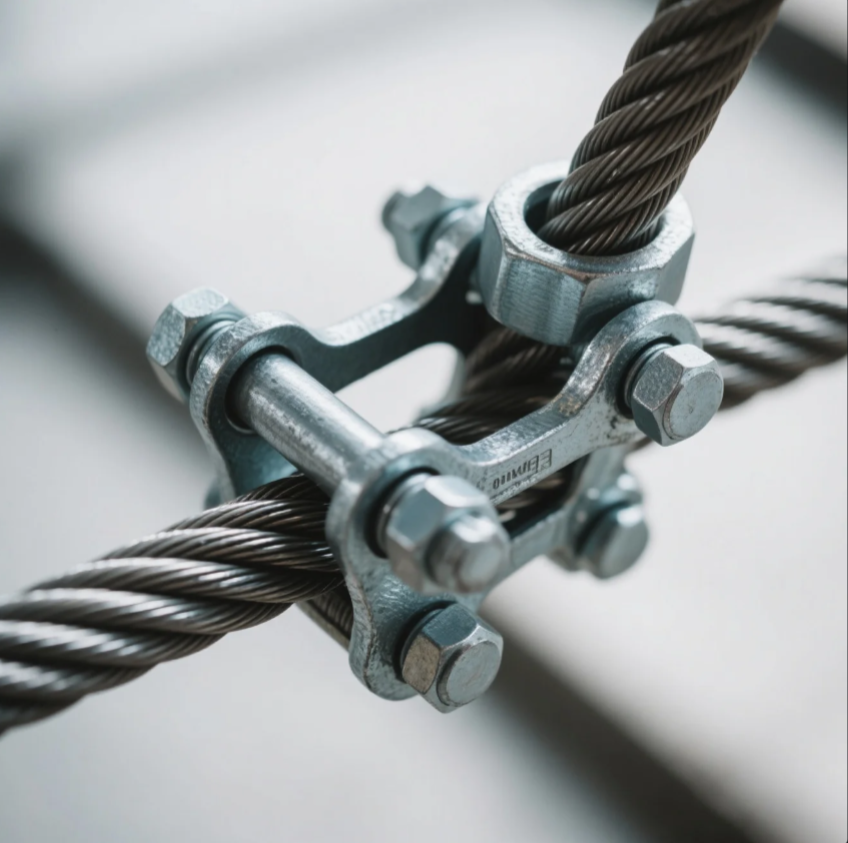
Dive-Deeper on Galvanized Steel Wire Rope
Galvanized steel wire rope is made by coating steel strands with a layer of zinc. This process, known as galvanization, protects the wire from corrosion, making it suitable for outdoor and marine environments. Galvanized steel wire rope is used in a wide range of applications:
-
Lifting and Rigging: Galvanized wire rope is commonly used in cranes, hoists, and elevators. Its corrosion resistance ensures that it maintains strength and reliability even in harsh environments.
-
Construction: It is used for securing scaffolding, lifting heavy materials, and other applications in construction sites.
-
Marine Applications: The corrosion-resistant properties of galvanized wire rope make it ideal for use in marine environments, such as for mooring lines or anchoring systems.
-
Fencing: Galvanized steel wire rope is also used in fencing applications, providing durability and strength to keep fences intact over time.
Galvanized steel wire rope is widely favored for its longevity and ability to withstand harsh conditions, making it the go-to option for many industries.
What is the difference between wire rope clips and sleeves?
Wire rope clips and sleeves serve similar purposes, but they have distinct differences. Wire rope clips are typically used to secure the ends of wire ropes, while wire rope sleeves are used to protect the rope from damage and improve its overall strength by preventing the rope from unraveling.
Snippet paragraph: Wire rope clips are used to secure rope ends, while sleeves protect the rope and enhance its strength, especially in high-stress applications.
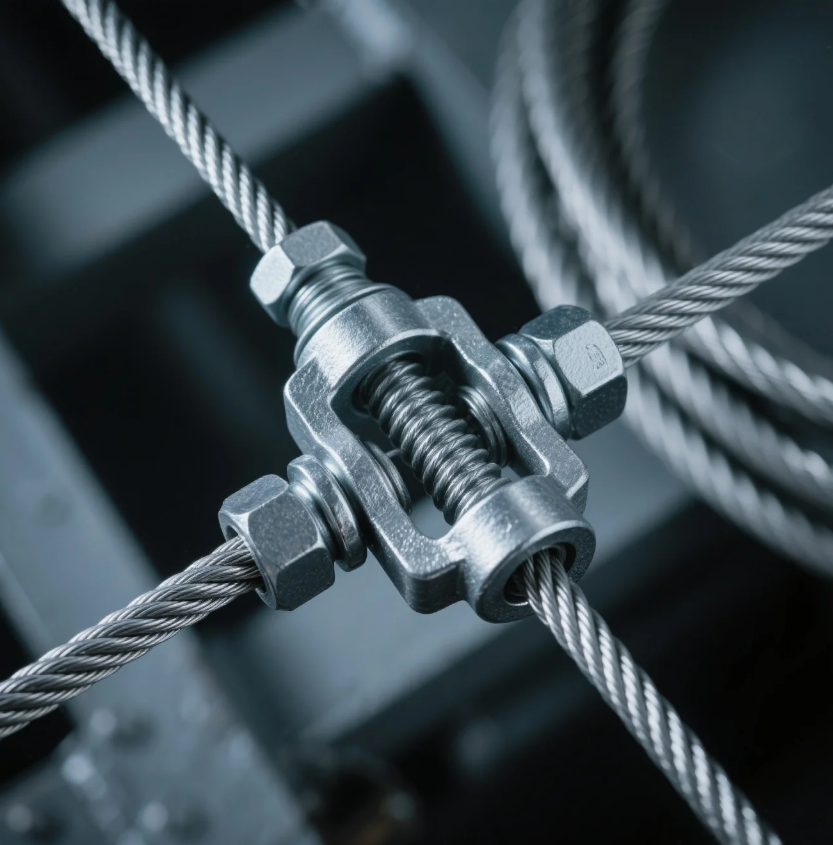
Dive-Deeper on Wire Rope Clips vs. Sleeves
-
Wire Rope Clips: These clips are typically used to form a loop at the end of a wire rope or to secure the ends of the rope where tension is applied. The clip creates a strong connection by clamping down on the rope with a U-bolt or other design, preventing the rope from slipping or unraveling under load.
-
Wire Rope Sleeves: Sleeves, also known as ferrules, are cylindrical pieces that fit over the end of the wire rope and are typically crimped to secure the rope. Unlike clips, which clamp onto the rope, sleeves help to prevent fraying and damage by providing a smooth, protective cover. They are often used in conjunction with clips to ensure the rope end is both protected and securely fastened.
-
Applications: Wire rope clips are often used in heavy-duty applications, such as lifting and rigging, where a strong connection is necessary. Sleeves are typically used when the rope’s longevity and resistance to wear are a priority, making them common in industries like marine, construction, and transportation.
Both wire rope clips and sleeves are essential in securing and protecting wire ropes, but they are often used in tandem to provide a reliable and durable connection.
Conclusion
Wire rope clips, such as U-bolt and dead-end clips, are essential in securing wire ropes. Understanding their differences and the applications of other fasteners like sleeves will help you make informed choices for your projects.
TEMPLATE_END


